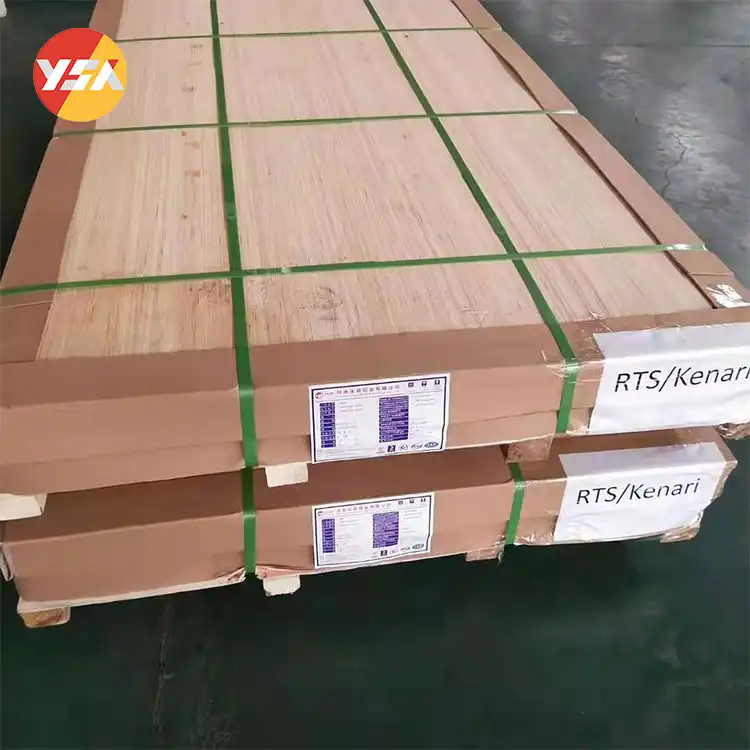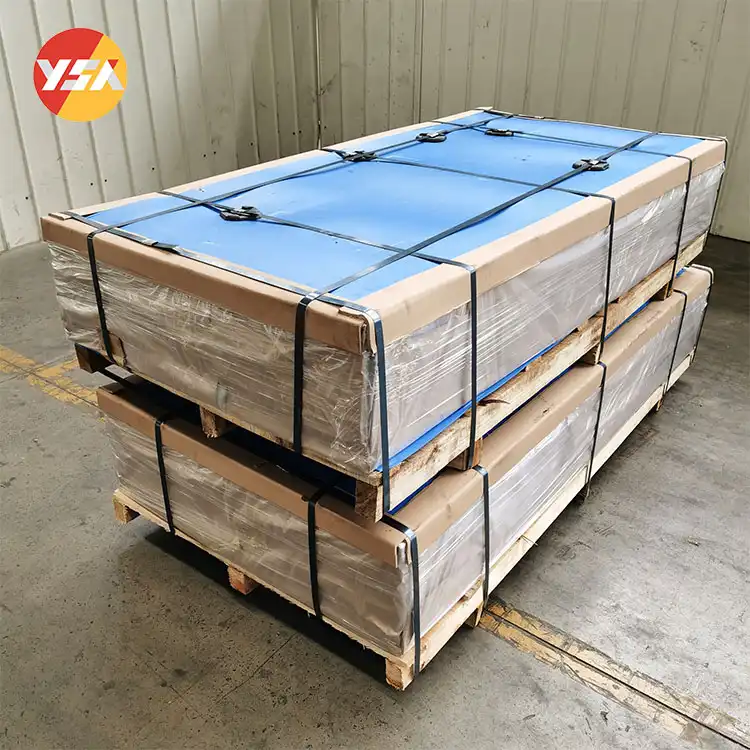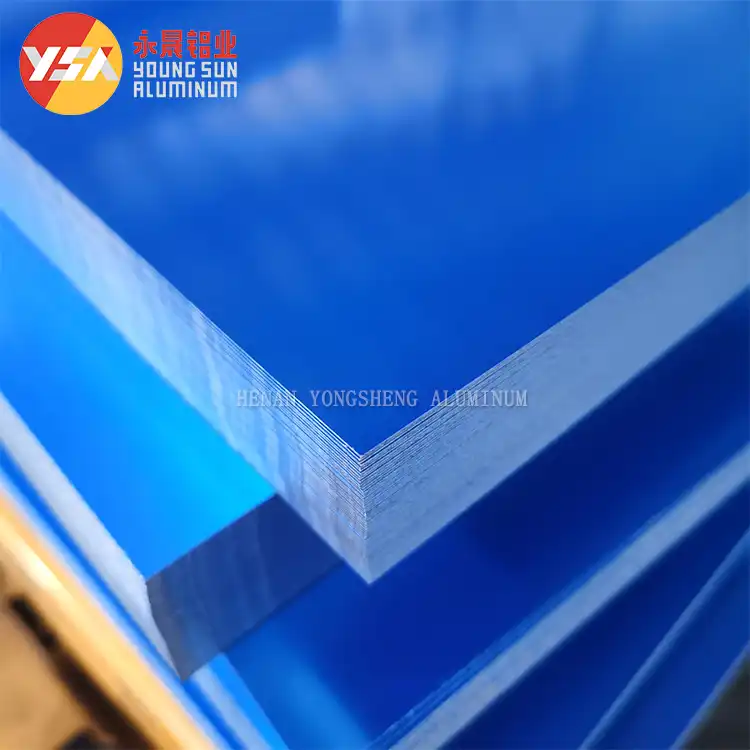薄いアルミニウム板の紹介
アルミニウム薄板とは、厚さが通常0.1mmから6.0mmの平らで軽量なアルミニウム片を指す。成形性、耐食性、高い強度対重量比が特徴です。薄いアルミニウム板は、航空宇宙、自動車、電子機器、包装、建築など様々な産業で一般的に使用されています。軽量で、成形が容易で、費用対効果が高いなどの利点があります。これらのシートは、軽量化、汎用性、コスト効率が重要視される用途に適しています。

合金 Tタイプ Cすべて T陰 Aアルミニウム Sヒート
| 合金タイプ | 厚さ(mm) | 密度 (g/cm³) | 引張強さ (MPa) | 降伏強度 (MPa) | エロンゲーション(%) |
| 1000シリーズ | 0.1 – 6.0 | 2.7 – 2.8 | 70 – 210 | 15 – 100 | 25 – 40 |
| 3000 Series | 0.1 – 6.0 | 2.7 – 2.8 | 110 – 250 | 55 – 215 | 20 – 30 |
| 5000シリーズ | 0.1 – 6.0 | 2.68 – 2.73 | 130 – 320 | 65 – 275 | 10 – 30 |
| 6000 Series | 0.1 – 6.0 | 2.7 – 2.8 | 170 – 310 | 55 – 275 | 10 – 30 |
| 7000シリーズ | 0.1 – 6.0 | 2.7 – 2.8 | 220 – 570 | 140 – 470 | 5 – 25 |
What is the Thin Aluminium Sheet Used for?
- Aluminum Cans: Thin aluminum sheets are extensively used in the production of beverage cans. The sheets are shaped and formed into cans for carbonated drinks, energy drinks, canned foods, and more.
- Foil Wraps and Containers: Thin aluminum sheets, commonly known as aluminum foil, are widely used for wrapping and storing food. They are used in households, restaurants, catering services, and food packaging industries.
- Electrical Conductors: Thin aluminum sheets are employed as electrical conductors in various applications. They are used in wiring, power transmission lines, electrical panels, and busbars due to aluminum’s excellent conductivity.
- ヒートシンク: Thin aluminum sheets with fins or extruded designs are utilized as heat sinks. They efficiently dissipate heat from electronic components, such as computer processors, LED lights, and power electronic devices.
- 屋根とサイディング Thin aluminum sheets are used in the construction industry for roofing and siding applications. They are lightweight, durable, and corrosion-resistant, making them suitable for residential and commercial buildings.
- Automotive Body Panels: Thin aluminum sheets are utilized in the automotive industry for body panels, such as hoods, doors, fenders, and trunk lids. Aluminum’s lightweight nature helps reduce vehicle weight, improve fuel efficiency, and enhance performance.
- Nameplates and Signage: Thin aluminum sheets are commonly used for manufacturing nameplates, labels, and signage. They can be engraved, stamped, or printed on to create durable and visually appealing identification and branding elements.
- Reflective Insulation: Thin aluminum sheets with reflective surfaces are used as insulation materials. They are employed in construction, HVAC systems, and packaging to reflect radiant heat and improve energy efficiency.
- Lithographic Plates: Thin aluminum sheets are used in the printing industry as lithographic plates. These plates are chemically treated to create a printable surface and are used in offset printing processes for high-quality commercial printing.
- Decorative Applications: Thin aluminum sheets are popular for decorative purposes in interior design, architecture, and artistic projects. They are used for wall coverings, ceiling tiles, decorative panels, and artistic installations.

薄いアルミニウム板の利点
- Lightweight Construction: Thin aluminum sheets are considerably lighter than metals like steel or copper, making them ideal for applications where reducing weight is critical. Industries such as aerospace, automotive, and transportation benefit from this advantage as it improves fuel efficiency and overall performance.
- 反射率: Aluminum exhibits high reflectivity for both heat and light. Thin aluminum sheets with reflective surfaces find use in applications like reflectors, lighting fixtures, solar panels, and reflective insulation. They effectively redirect and distribute light and heat.
- 成形性 and Versatility: Thin aluminum sheets possess excellent formability and can be easily shaped, bent, or molded into various configurations. This versatility makes them suitable for applications requiring intricate shapes, such as automotive body panels, architectural elements, and decorative accents.
- Aesthetically Pleasing: Aluminum has an inherently attractive appearance, and thin aluminum sheets can be enhanced with different surface treatments, coatings, or anodization to further enhance their visual appeal. They are commonly employed in architectural applications, interior design, and decorative elements.

Thin Aluminum Sheet VS Thick Aluminum Sheet
厚さ
Thin Aluminum Sheet: The usual thickness of thin aluminum sheets is between 0.2 and 1.0 mm. Their flexibility and light weight make molding and creating them simple.
Thick Aluminum Sheet: Generally speaking, aluminum sheets that have a thickness of 6.0 mm or more are regarded as thick. They offer strength and durability since they are more substantial and stiff.
Fortitude and Stiffness
Thin Aluminum Sheet: Compared to thicker sheets, thinner sheets are less robust and less rigid. They work well in situations where reducing weight is important but structural strength isn’t always necessary.
Thick Aluminum Sheet: Thick sheets are ideal for applications requiring load-bearing capacity and structural integrity since they have a higher strength and rigidity.
アプリケーション
Thin Aluminum Sheet: Thin sheets find applications in industries such as electronics, packaging, automotive interiors, insulation, and decorative applications. They are commonly used for lightweight and flexible purposes.
Thick Aluminum Sheet: Thick sheets are employed in applications that require strength and durability. They are used in aerospace, marine, automotive exteriors, construction, industrial equipment, and heavy-duty structures.
加工性
Thin Aluminum Sheet: Thin sheets are generally easier to machine due to their lower thickness. They can be cut, drilled, and formed with relative ease using standard machining techniques.
Thick Aluminum Sheet: Thick sheets may require more robust machining equipment and techniques due to their greater thickness. Machining thick sheets may involve more time and effort.
コスト
Thin Aluminum Sheet: Thin sheets are typically less expensive compared to thicker sheets. The lower material cost and reduced weight contribute to their affordability.
Thick Aluminum Sheet: Thick sheets are generally more expensive due to the larger quantity of aluminum required and the additional manufacturing processes involved.

概要
アルミニウム薄板は、その軽量設計、多用途性、有利な特性により、様々な産業で不可欠な部品となっています。軽量構造、耐食性、熱伝導性、電気伝導性、成形性、リサイクル性などの利点を生かし、航空宇宙、自動車、電子機器、建築、包装などの用途に使用されています。薄板は軽量化と柔軟性に優れていますが、厚板はより高い強度と耐荷重性を提供します。薄型アルミ板と厚型アルミ板のどちらを選ぶかは、特定の用途要件と性能ニーズによって決まります。全体として、薄アルミニウム板は、産業全体の革新、効率、持続可能性の推進において重要な役割を果たしています。

よくあるご質問
アルミ板はどこまで薄くできますか?
アルミニウム板は非常に薄い寸法に製造することができ、特殊な工程では0.005mm(5ミクロン)までの厚さに達する。しかし、このような極薄アルミニウム板は一般には入手できず、特殊な製造技術が必要です。
3mmアルミ板の強度は?
3mmアルミニウム板の強度は、特定の合金や調質によって異なります。一般的に、アルミニウムは高い強度対重量比を持っており、3mmアルミニウム板は様々な用途に十分な強度を提供することができます。正確な強度特性は、合金組成、熱処理、板の使用目的などの要因によって異なります。
最も薄い板金は?
市販されている最も薄いシートメタルは、0.001インチ(0.0254mm)、あるいはそれよりも薄い場合もある。このような極薄のシートメタルは、通常、精密さと柔軟性が重要な電子機器などの特殊用途で使用されます。
最も安いアルミニウム板は何ですか?
アルミニウム板のコストは、合金組成、厚さ、市況などの要因によって異なる場合があります。一般的に、純アルミニウム板(1000シリーズ)は合金元素が少ないため、最も安価になる傾向があります。しかし、価格は変動することがあり、板サイズや数量などの他の要因も全体的なコストに影響します。
軽量アルミニウムとは?
軽量アルミニウムとは、強度やその他の望ましい特性を維持しながら重量を減らすよう特別に設計されたアルミニウム合金のことである。これらの合金は、主に他の金属に比べて密度が低いため、航空宇宙、自動車、輸送産業など、軽量化を優先する用途に魅力的です。軽量アルミニウム合金は、燃料効率の向上、積載量の増加、総合性能の向上に役立ちます。


